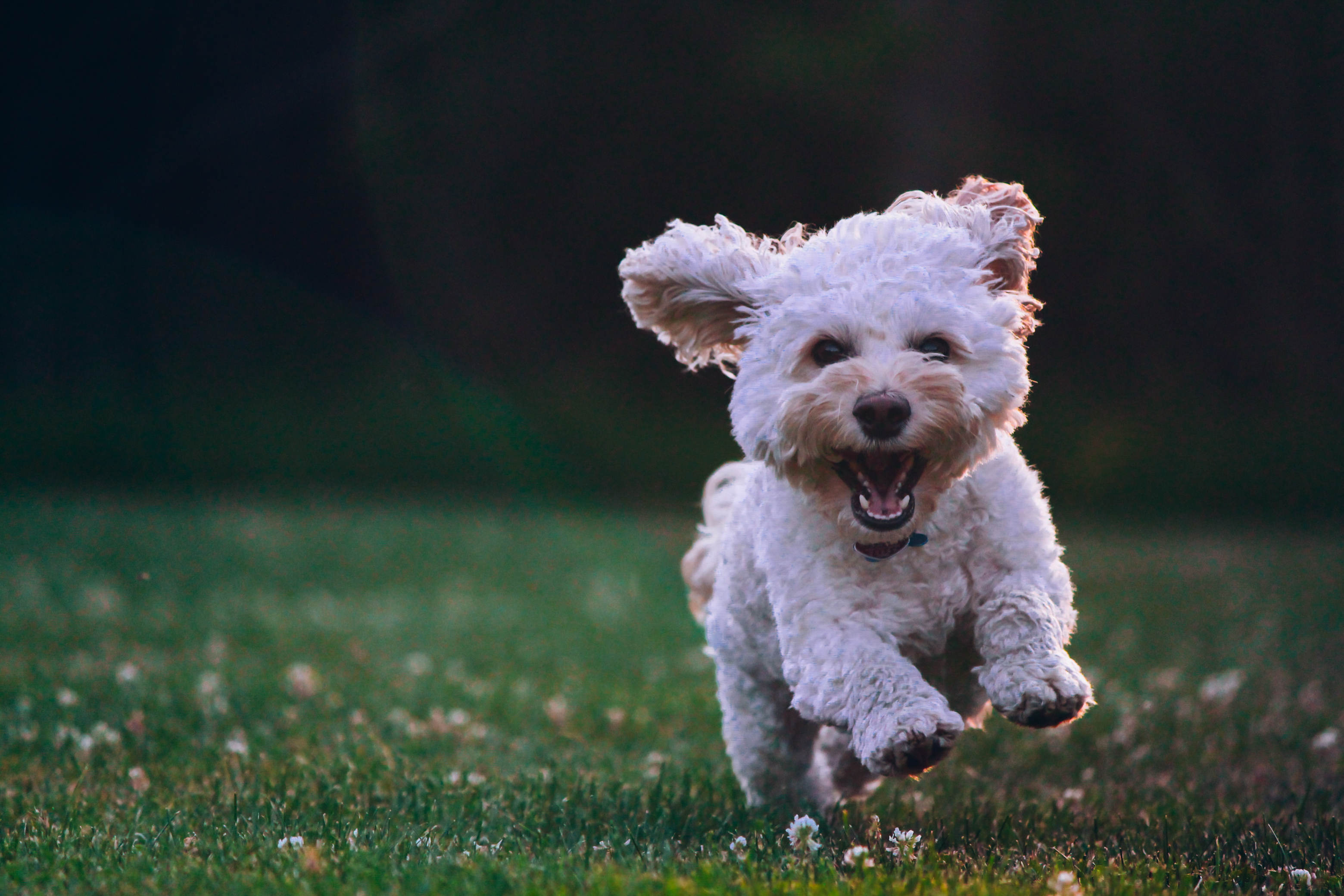Halloween Pet Costumes: Adorable or Cruel?

Introduction
As the crisp autumn air settles in and the leaves begin to change colors, Halloween enthusiasts are busy preparing for one of the most anticipated holidays of the year. For many, Halloween is a time of creative expression and revelry, a chance to transform into someone—or something—else for a night. It's also a time when pet owners often involve their furry friends in the festivities by adorning them in cute, spooky, or downright hilarious costumes. But as the debate rages on, one question continues to divide pet lovers and animal advocates alike: Are Halloween pet costumes adorable or cruel? Let's delve into this hotly contested topic and explore both sides of the argument.
The Adorable Aspect
1. Expressing Love and Inclusion
One of the primary reasons pet owners dress their animals up in Halloween costumes is to include them in the fun. Pets are considered cherished members of the family, and just like any other family member, they deserve to partake in the festivities. Pet costumes can make your furry friend feel like a part of the celebration, strengthening the bond between you and your beloved pet. Seeing your cat or dog prance around in a cute Halloween costume can be a heartwarming and endearing sight, evoking smiles and laughter.
2. Boosting Pet Confidence
Believe it or not, some pets actually seem to enjoy wearing costumes. The added attention and pampering they receive when they don their Halloween attire can boost their confidence. Pets, especially dogs, thrive on the approval and affection of their owners. When they see you excited and happy with their costume, it can be a source of pride for them.
3. Creating Adorable Memories
Halloween is all about creating cherished memories with friends and family. Adding your pet to the mix can result in adorable and unforgettable moments. Pictures of your furry friend dressed as a pumpkin, a superhero, or a vampire bat can become precious keepsakes. These memories can be shared with loved ones and can even go viral on social media, spreading joy and laughter.
4. Spreading Joy to Others
Dressing up your pet in a cute costume isn't just about your enjoyment; it can bring joy to others as well. When you take your costumed pet out for a walk or to a Halloween gathering, you'll likely make people smile and brighten their day. Pets in costumes are often a hit at community events and can help foster a sense of togetherness among neighbors and friends.
The Cruelty Concerns
1. Stress and Discomfort
While many pets may seem unfazed by wearing costumes, others may find the experience stressful and uncomfortable. Halloween costumes can restrict a pet's movement, making it difficult for them to walk, run, or even groom themselves properly. Some pets may feel constricted and overheated in their costumes, leading to distress and anxiety.
It's essential to monitor your pet's body language and behavior when they're in a costume. Signs of stress or discomfort can include excessive panting, whining, trying to remove the costume, or avoiding interaction. If your pet appears unhappy or stressed, it's crucial to remove the costume immediately to avoid causing them unnecessary distress.
2. Safety Hazards
Pet costumes, if not chosen and fitted correctly, can pose safety hazards. Loose or ill-fitting costumes can become tangled or caught on objects, potentially leading to accidents. Small costume accessories, like buttons, ribbons, or sequins, can be ingested by curious pets, leading to choking or digestive issues. Always opt for costumes designed specifically for pets, with safety features like Velcro closures and secure attachments.
Moreover, costumes can impair a pet's vision or hearing, making it challenging for them to navigate their surroundings. This can be particularly dangerous if your pet is outdoors or in an unfamiliar environment.
3. Respect for Animal Autonomy
One crucial aspect of the debate about pet costumes is the question of whether it respects the autonomy and natural behavior of animals. Pets, especially dogs and cats, have evolved with specific behaviors and needs. Forcing them into costumes may not align with their natural instincts and could lead to confusion or frustration.
Dogs, for instance, rely heavily on non-verbal communication, such as body language and facial expressions, to interact with their environment and other animals. Covering them in a costume can hinder their ability to communicate effectively, potentially leading to misunderstandings or stress when interacting with other animals.
4. Ethical Concerns
The ethical considerations surrounding pet costumes go beyond the immediate physical comfort of the animal. Some argue that dressing up pets for human amusement commodifies and objectifies animals, treating them as props or playthings. This perspective raises questions about the dignity and respect that should be afforded to all living creatures, including pets.
Conclusion
The debate over Halloween pet costumes is a complex one, filled with both heartwarming and troubling aspects. While there's no one-size-fits-all answer, it's crucial for pet owners to prioritize their pets' well-being and comfort. If your pet enjoys wearing costumes and doesn't display signs of distress, dressing them up can be a fun and adorable way to include them in the Halloween festivities.
However, it's equally essential to be attentive to your pet's signals and remove the costume if they appear uncomfortable or stressed. Safety should always be a top priority, with well-fitted costumes that don't hinder movement or pose choking hazards.
Ultimately, whether Halloween pet costumes are adorable or cruel depends on how they're chosen, fitted, and the individual needs and preferences of your pet. The key is to strike a balance between celebrating the holiday spirit and respecting your pet's well-being and autonomy. Halloween can be a delightful time for both you and your furry friend, but it should also be a safe and enjoyable experience for all involved.
